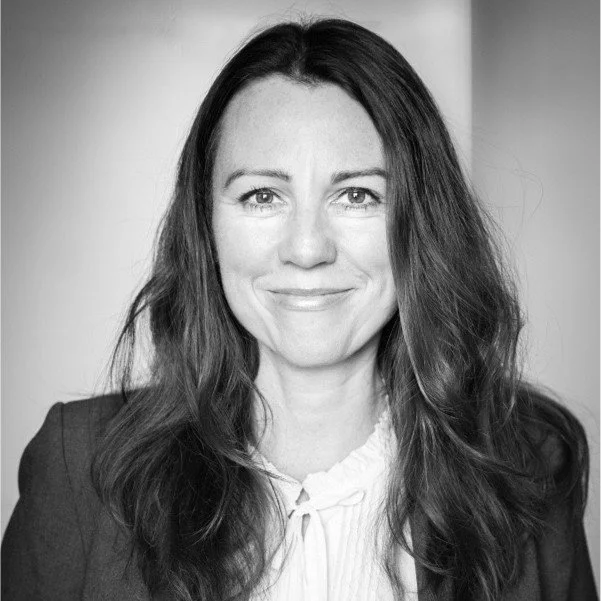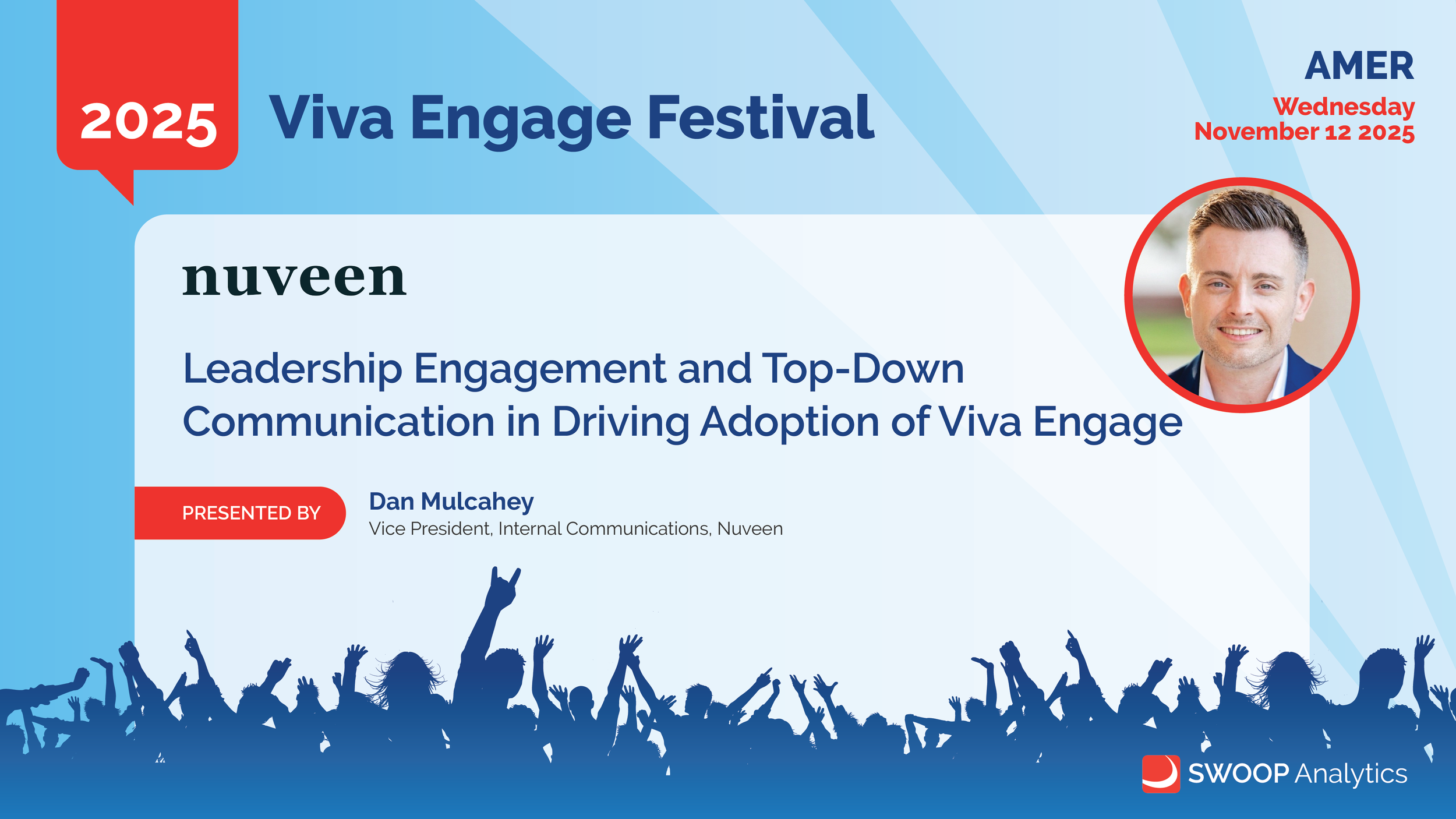Q&A Panel (All EMEA speakers)
-
How do you define purpose for a community — and bring it to life?
Capgemini (Jeanette): Put the purpose front and centre on the community page (can’t miss it). When posts drift, nudge kindly in the comments (or DM) to explain why this space exists and where the post belongs. Do this from day one so norms set quickly.
Danske Bank (Louise): When a community’s ownership shifted, engagement dipped because questions stopped getting answers. As soon as two-way dialogue returned, tone and sentiment lifted fast.
Schneider Electric (Shailesh): Purpose starts with clear naming + description and visible community experts/owners. Add helpful links on the homepage and encourage a quick scan of past posts so people learn “what good looks like”.
Takeaway: Make purpose unmissable (name, description, examples) and enforce it with kindness. Purpose lives in behaviour: answer questions fast and redirect off-topic posts early and openly.
Community management practices that actually work
Capgemini (Jeanette): Start with a clean-up of inactive groups. Provide internal training/e-learning on expectations and best practice. Use a three-tier model with badges/visuals:
Official (verified) – owned by Internal Comms
Recognised – expert-run
Interest – open, lighter touch
Schneider Electric (Shailesh): Treat community managers as a governance network (hub-and-spoke), especially valuable in crisis comms to moderate, steer and de-escalate quickly.
Danske Bank (Louise): Less formal structure, but Internal Comms enables managers and projects; training offered; large, verified channels remain IC-owned.
Takeaway: Give communities owners, standards and support. Tier your spaces, train admins, and maintain a light but visible governance spine so conversations stay healthy.
How do you move people from reading to participating?
Danske Bank (Louise): A more human tone of voice (yes to emojis) made conservative audiences feel safe to join in. Acknowledge contributions authentically; it compounds participation.
Schneider Electric (Shailesh): Track interactive users (not just readers). Use formats that drive action: photo > text; video > photo (where feasible). @Mention SMEs to seed threads. Keep first-response time low — quick acknowledgement = social proof.
Capgemini (Jeanette): Craft the ask. CEO posts with a concrete question (e.g., “Your most memorable moment?”) drew organic comments. It’s fine to pre-seed a few replies, but strong prompts often take off without them. Modest carrots (small prizes) can help.
Takeaway: Participation follows psychological safety + a clear prompt + fast feedback. Use human language, ask specific questions, @mention wisely, and respond quickly.
When is a community the right solution?
Capgemini (Jeanette): People often lead with a tactic (“We want a community”) instead of the problem. Always return to the why; sometimes the answer isn’t a new community at all.
Schneider Electric (Shailesh): Purpose + owners + naming conventions first; only then stand up the space.
Takeaway: Start with the business problem. If a community won’t solve it, don’t create one. If it will, launch with purpose, owners and clear expectations.
Meet the speaker:
Shailesh Kumar
Schneider Electric
Louise Durmus Kay
Danske Bank
Jeanette Vikbacka Castaing
Capgemini








